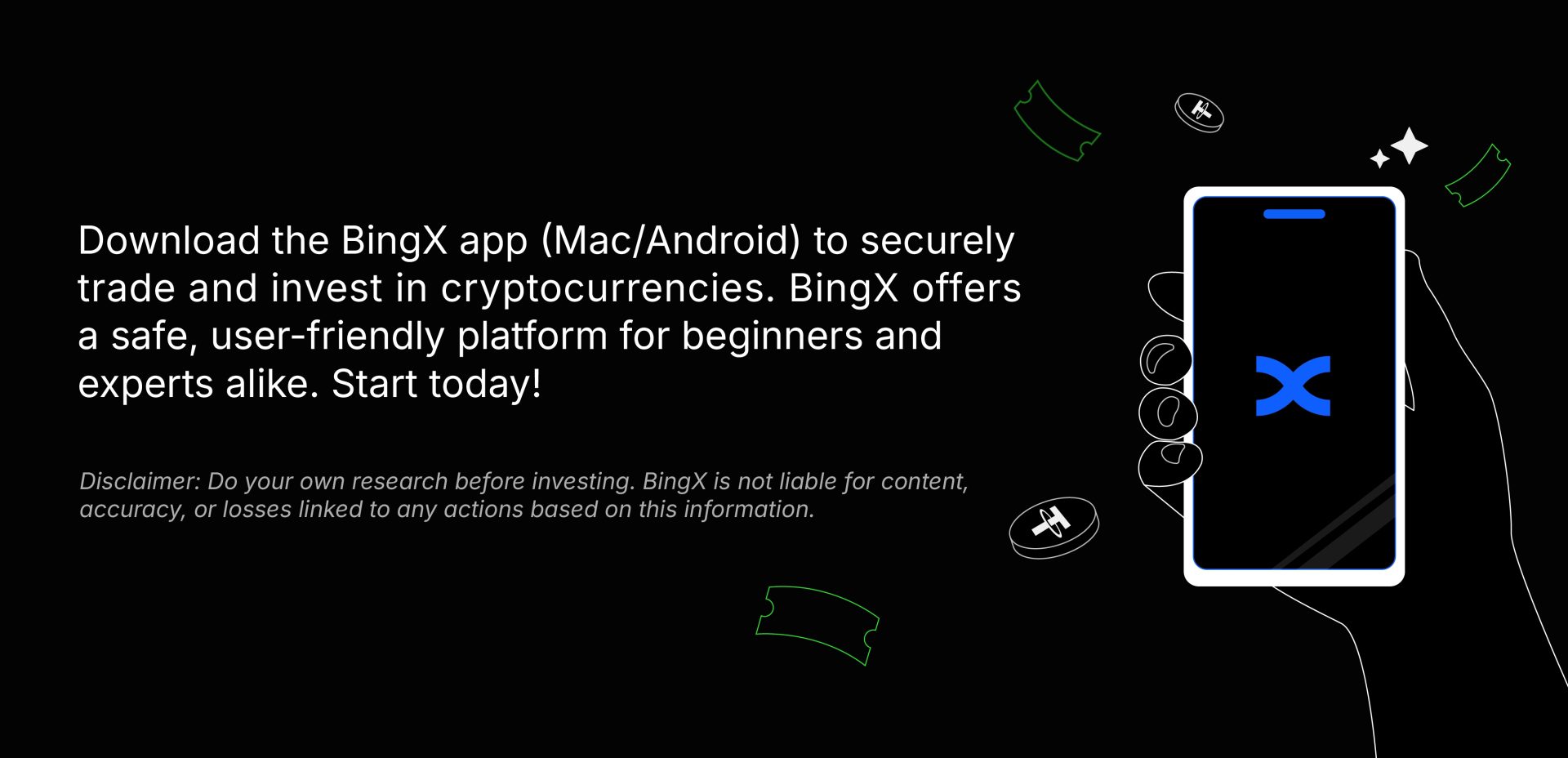When a token nosedives 90% in a matter of minutes, the pitchforks come out. Though before we burn centralized exchanges at the stake, shouldn’t we ask a critical question: was it actually the fault of centralized exchanges? The recent meltdown of the OM token, associated with the Mantra project, sparked a fury of finger-pointing, wild speculation, and a digital riot on social media. While some investors blamed exchanges for not halting trades or warning the public, others noticed something more suspicious: wallets linked to project insiders had moved substantial sums prior to the collapse. It’s not proof of wrongdoing, but it’s certainly enough to fuel conspiracies.
Behind the bot-engaging, collateral-triggering chaos though, lies a crucial learning lesson behind the finger pointing. Let’s dive into the multiple moving pieces of this complex story as an example to further deepen our understand the involving market volatility, leverage misuse, and strategic silence.
The History of Blame Games
The crypto world has seen this movie before: cue the dramatic music. From Terra Luna’s implosion to the FTX fiasco, centralized exchanges often become the go-to villain when things go wrong, and those two events were traumatising enough back in 2022. If you pay more attention to how. Evidence shows these platforms were more like stagehands than directors in the disaster.
In the Luna case, it wasn’t an exchange that broke the peg or drained the reserves—it was the mechanism of the project itself. Yet headlines still screamed at the exchanges, not at the code. Exchanges, by design, act as marketplaces—not life jackets. They don’t create tokenomics or offer guarantees against a project’s flaws. Still, they’re visible, accessible, and easy to blame when losses happen.
Reckless Liquidations: Who’s Pulling the Trigger?
Let’s break it down: when someone leverages a trade, they’re borrowing against their assets to multiply potential gains and losses. Exchanges provide the tools, but it’s traders who wield them. When the market moves, liquidation engines kick in automatically, like a thermostat reacting to temperature. No one is sitting behind a button labeled “Ruin My Portfolio.”
So, when people scream about forced liquidations, they should be asking who opted into risky leverage in the first place. Blaming exchanges for margin calls is like blaming your gym for a pulled muscle when you tried to bench 300 pounds on your first day. It’s a tough truth, but personal responsibility doesn’t come with a refund button.
Automatic margin calls are a systematic and timely event that happens periodically and on the dot. Do they always result in extensive liquidations? No, they don’t but once a while, they can when a majority of large positions with high leverage are liquidated, further starting a cascade of forced liquidations when margins are called one after another, just like a dominos effect but think of smaller pieces at the back end as momentum builds.
Trading Pairs & Project Consent
Every token pair listed on a centralized exchange is reviewed and, in most cases, approved by the project itself. Token creators are well aware of the risks and opportunities these pairs create. If a particular pair seems volatile or unaligned with a project’s goals, exchanges often accommodate removal, though that rarely happens.
Why? Because trading volume is a project’s lifeline. Less volume means less visibility and weaker price support. No project wants that kind of smoke. So even when things get choppy, most choose to ride the wave rather than pull the plug. In that light, exchanges aren’t acting solo; they’re dancing with a very willing partner.
Before the Blind Finger-Pointing Starts
Centralized exchanges play a role in shaping crypto markets. There’s no doubt about that even in 2025. They provide liquidity, access, and infrastructure. They don’t generally, however, control trader psychology, project decisions, or the domino effect of over-leveraged bets. It’s also reasonable to accept that there are exchanges out there that might be nudging the market into their favor though it would be difficult to discern such actions without internal and direct evidence.
that said, larger-sized exchanges are usually busy dealing with bigger concerns than trying to sneak their ninja operations in to earn a quick buck or two. When a token collapses due to cascading liquidations, the real culprits are often baked into the cake: poor risk management, silent project teams, and traders playing financial roulette.
Truth be told: exchanges could always do better with transparency and safeguards, but it’s disingenuous to pretend they orchestrated the crash from a secret control room with evil laughter echoing in the background. In the end, maybe we all need to stop blaming the stage when the script was flawed to begin with. Or at least, next time, let’s not skip the risk disclosure section like it’s the terms and conditions of a software update.
